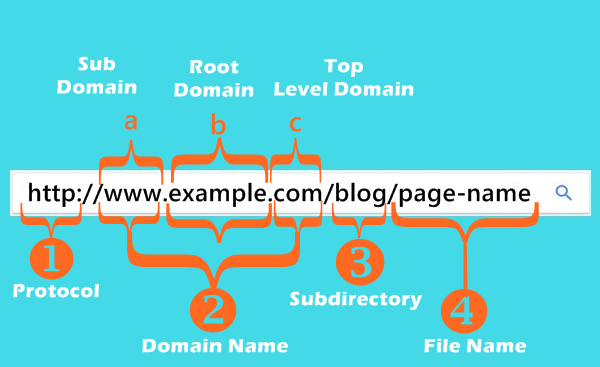A business blog is a major tool in the content marketing channel for a reason. Creating a blog for your B2B company and updating it regularly with well-written content drives traffic and offers educational value. In addition to improving your website’s SEO, a blog also allows you to communicate key messages to your target customers. To fully capitalize on the benefits of this form of content marketing, though, an effective B2B blog strategy is essential.
There is a lot that goes into developing such a strategy. However, one of the most common mistakes companies make with a B2B blog is failing to place blog posts on individual URL pages. While it may sound inconsequential, there are several important reasons why separate blog pages are a must for B2B conversions.
Benefits and ROI of Blogs and Content Marketing for B2B Companies
Improving SEO
One of the primary purposes and benefits of a blog is improving your website’s SEO. More than any other factor, Google’s search engine algorithms prioritize well-written content. These algorithms determine which websites to place at the top of the search results. In other words, the content you publish in your B2B blog will help your target client find you. This makes creating a quality blog for your website a number one strategy for bringing quality leads to your site.
Building Up Your Sales Funnel
Secondly, and perhaps even more importantly, compelling content can serve as a valuable component of your website’s sales funnel. The current customer journey includes a lot more steps than just seeing and purchasing a product. This is especially true for B2B. Purchasing teams at B2B companies dive deeper into a company, its products, and/or services before handing over their purchasing budget. In other words, the researching stage is highly weighted in the B2B customer journey. Thus, a well-informed blog is great for educating potential customers and moving them forward in the customer journey towards purchase.
Creating Authority and Trust
There are plenty of studies and statistics that support these benefits of content marketing. According to Demand Gen’s 2018 report on B2B buyer preferences, 71% of B2B customers say they consume blog content before making a purchase. Then, according to another survey conducted by Demand Metric, 82% of consumers claim they feel more positive about a company after reading custom content from them. Ultimately, when you regularly answer the questions and needs of your customer, they’ll trust you’ll provide high-quality products and services.
Leveraging blog content to its full potential, however, requires a very detailed and comprehensive strategy. One key, but simple, element of implementing this strategy is to ensure all articles have their own blog pages. It may not seem like it matters, but to get the benefits of a business blog, unique URLs make a huge difference.

The Importance of Placing Blog Posts on Separate Pages
Simply put, placing all blog content on a single page creates a number of unnecessary problems.
The first and most obvious issue is it looks messy and unprofessional. It’s a mistake the top brands don’t make and one your visitors are bound to notice. A quick dive into design psychology will tell you the layout of content is an important player for lead conversions.
Further, failing to create separate blog pages also makes it impossible for visitors to share via email or social media. Also, it won’t be possible for visitors to search your blog using a search box function either. This makes your blog content almost entirely unusable if not just not user-friendly.
Ultimately, putting all of your blog content on a single page will drastically harm your blog’s SEO potential. In the eyes of search, a blog published on a single page is viewed as a single, massive piece of content. This format doesn’t offer nearly as much value in terms of SEO as multiple pages of content. In fact, it’ll make it hard for Google to recommend your content in search results because it will be so massive, the algorithms will assume it’s unfocused. In other words, not creating separate blog pages for each post defeats their purpose within a content marketing strategy.
For all of these reasons, it’s always important to ensure that you create a unique URL for each of your blog pages. By publishing each post on a unique page, you create an SEO-friendly format for your blog that is clean and professional. Publishing each post on its own page will also make it easy for visitors to search and share your content.

How to Create Unique Blog Pages to Improve Your Blog ROI
So how do you go about ensuring that your blog posts are published on individual pages? Ultimately, it will depend on the hosting platform you are using. In WordPress, for example, you are able to segregate your blog posts based on categories and assign each category to its own page. If you want each blog post to have its own unique page, all you have to do is create a unique category for each post you publish.
If you are struggling with this or any other aspect of content marketing, working with a fractional CMO is an excellent option to consider. An experienced fractional CMO will be able to ensure that you are leveraging your B2B blog to its full marketing potential as part of a larger content marketing strategy.

